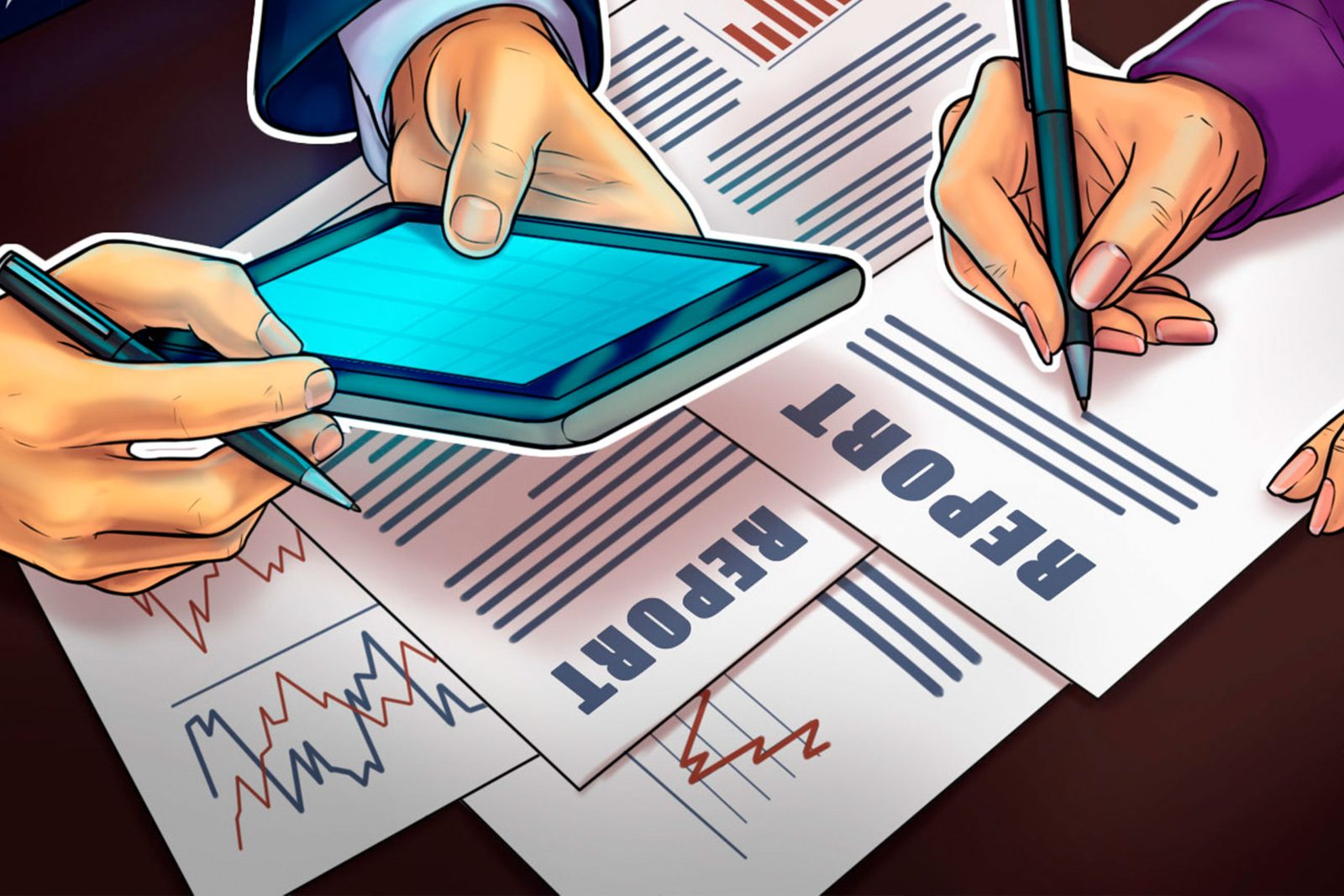Most Americans Have $1,000 or Less in Savings — How to Raise That Amount


Most Americans Have $1,000 or Less in Savings — How to Raise That Amount
Numerous factors have made the path to savings a challenging one for many Americans. The trifecta of inflation, surging interest rates affecting everything from mortgages to auto loans and credit card payments, along with the looming resumption of student loan payments, has left minimal room for setting aside money for emergencies or retirement.The statistics underscore this predicament. According to a recent survey by GOBankingRates in 2023, the majority of Americans have $1,000 or less in personal savings; one-third have $500 or less saved, while 8.5% have between $501 and $1,000. An alarming 11.4% indicated having no savings. Interestingly, the 35-44 age group leads in the category of those without savings at 13.8%, followed by the 18-24 age group at 12.4%. The 55-64 age group follows with 11.4%, the 65-and-over group with 10.6%, and the 25-34 age group with 9.8%. Michael Micheletti, Chief Communications Officer at Unlock Technologies, commented on this trend, stating, “Personal saving rates have been on a steady decline since mid-summer last year, so I’m not particularly surprised by the results of this survey. After the vast majority of consumers used government stimulus money to pay down debt and strengthen their balance sheets, we are seeing this regression play out both with the rise in debt burdens and the fall of saving rates.” In terms of generations, the 45-54 age bracket has the highest percentage of Americans with less than $500 in savings, with 42%. They are closely followed by the 35-44 age group at 40%. Predictably, the 65-and-over age group has the highest rate of individuals with savings totaling $10,000 or more, at 27.5%. The survey also highlights a gender gap in personal savings. More women (37%) have less than $500 in savings compared to 29% of men. Additionally, more women (13% compared to 10% of men) reported having no savings.
To address this savings challenge, Austin Kilgore, an analyst at Achieve Center for Consumer Insights, offered several recommendations:
- Incorporate savings into your budget: Treat savings as an expense item in your budget, and consider saving a percentage of your income, whether it’s 10%, 5%, 2%, or a manageable amount. Automate transfers for ease.
- Track daily expenses: Monitor daily spending, tally up expenses, and compare them to your budget to identify areas where you can cut back.
- Evaluate expenses: Regularly assess whether an expense is essential and consider reducing discretionary spending on subscriptions and memberships.
- Prioritize retirement savings: Don’t neglect saving for retirement, especially if your employer offers a matching retirement savings program.
- Use cash for purchases: Paying with cash often results in spending 15% to 20% less compared to using credit cards. People are also less likely to break larger bills, which can help with budgeting.
- Consider a side gig: Explore opportunities for additional income to boost your savings, even if it’s not a full-time commitment.
- Shop wisely: Opt for store brands over name brands at the grocery store and explore farmers’ markets for cost-effective, nutritious options. Consider joining a membership warehouse club to split purchases with friends, neighbors, or family members.
Get back to Seikum News 🤓




